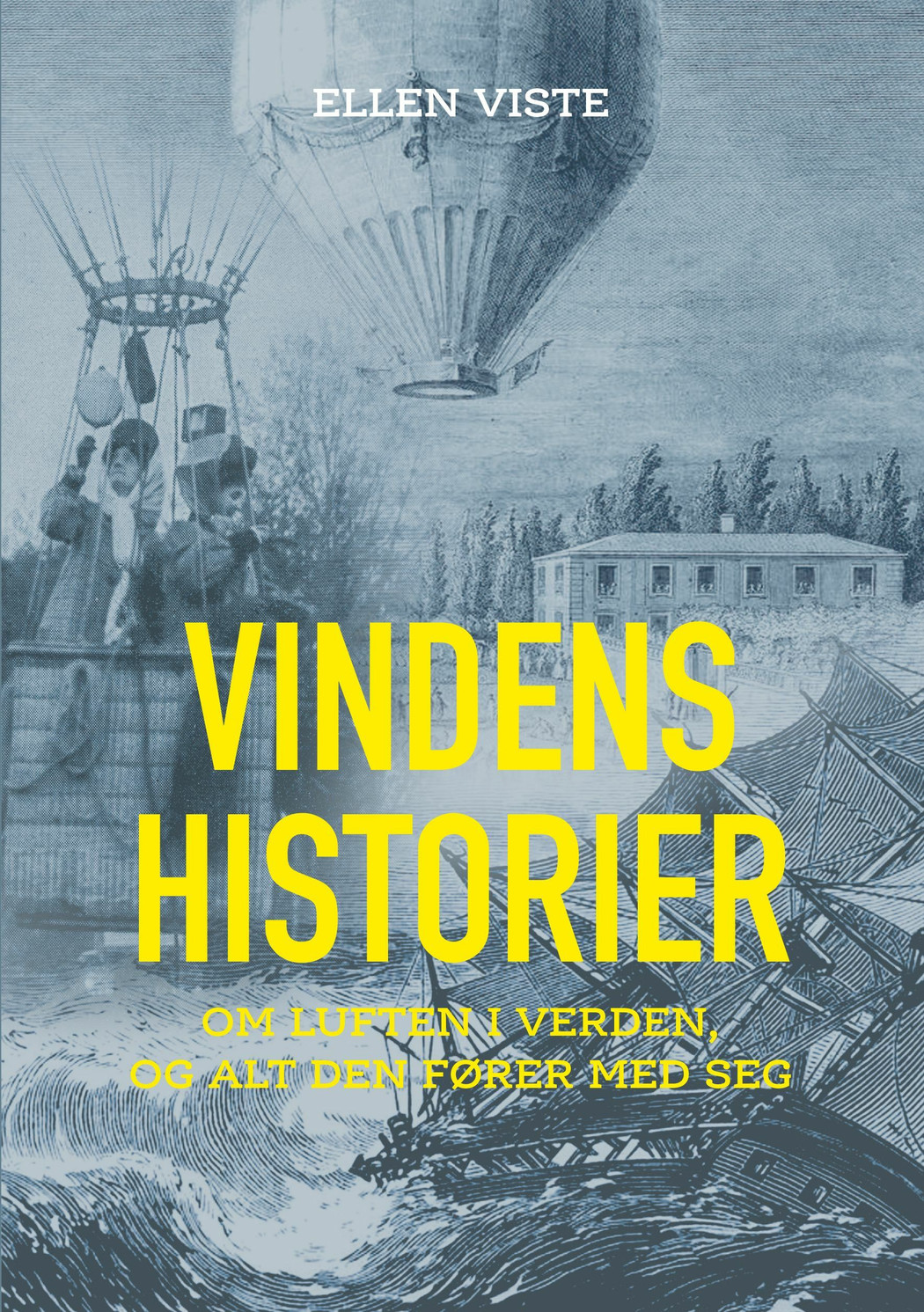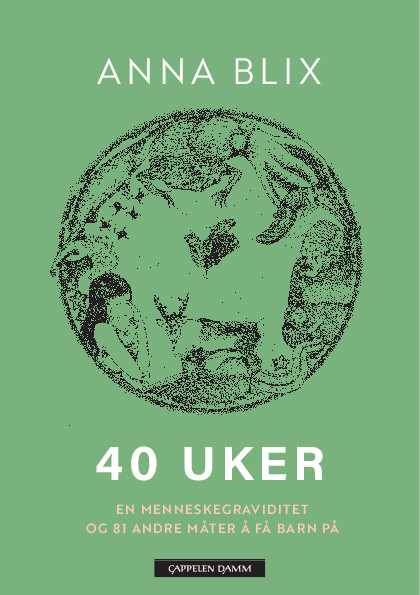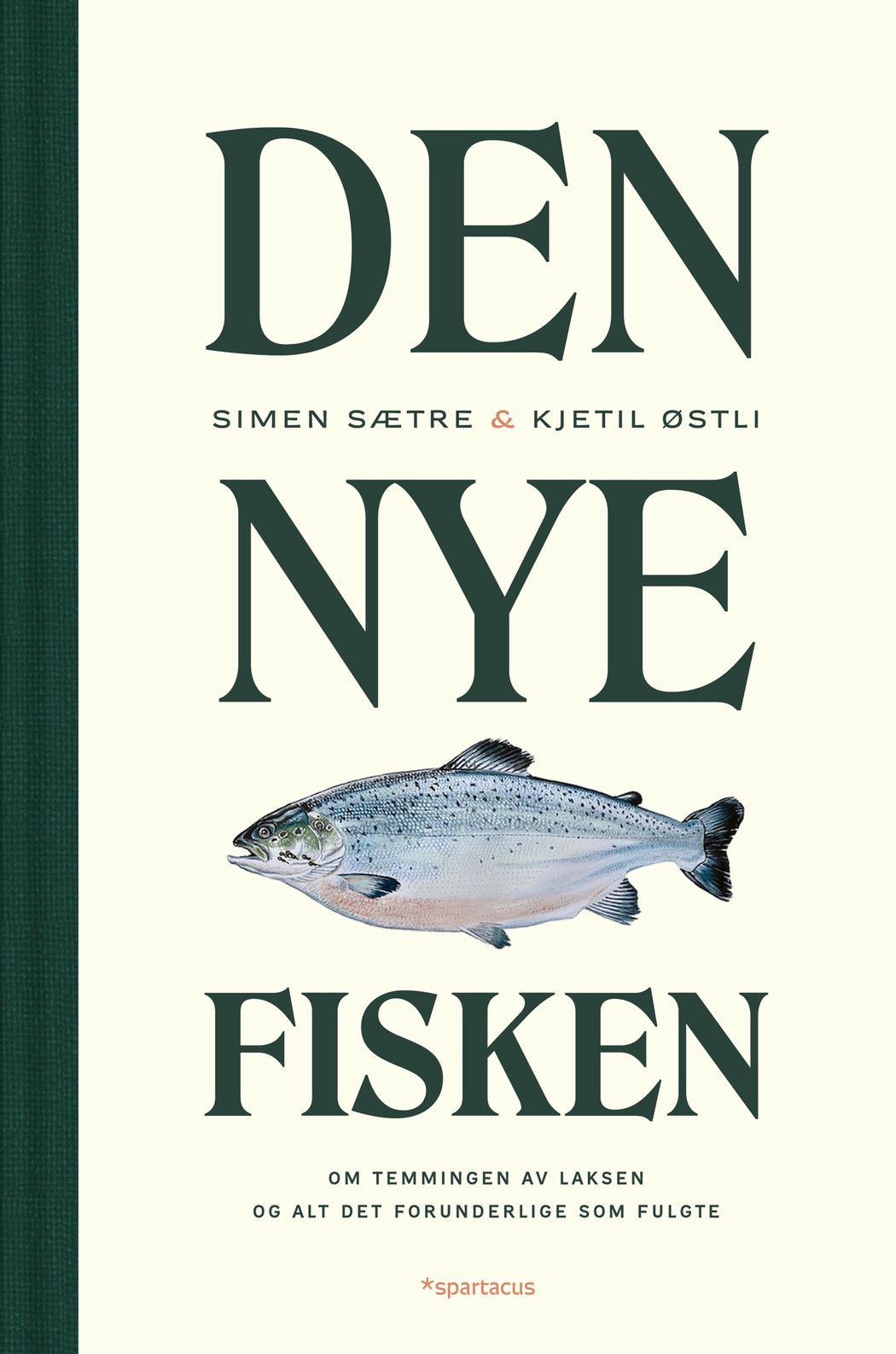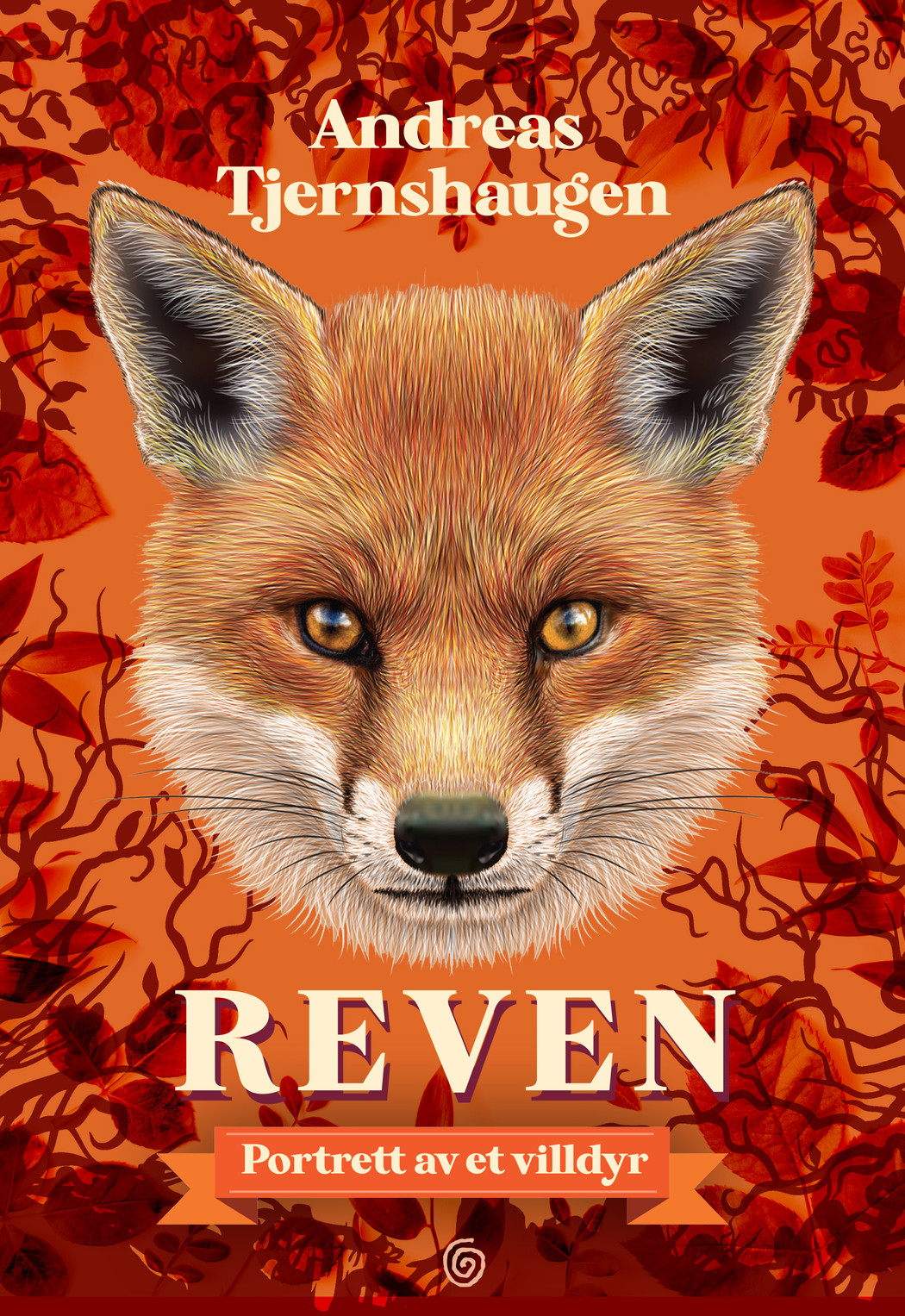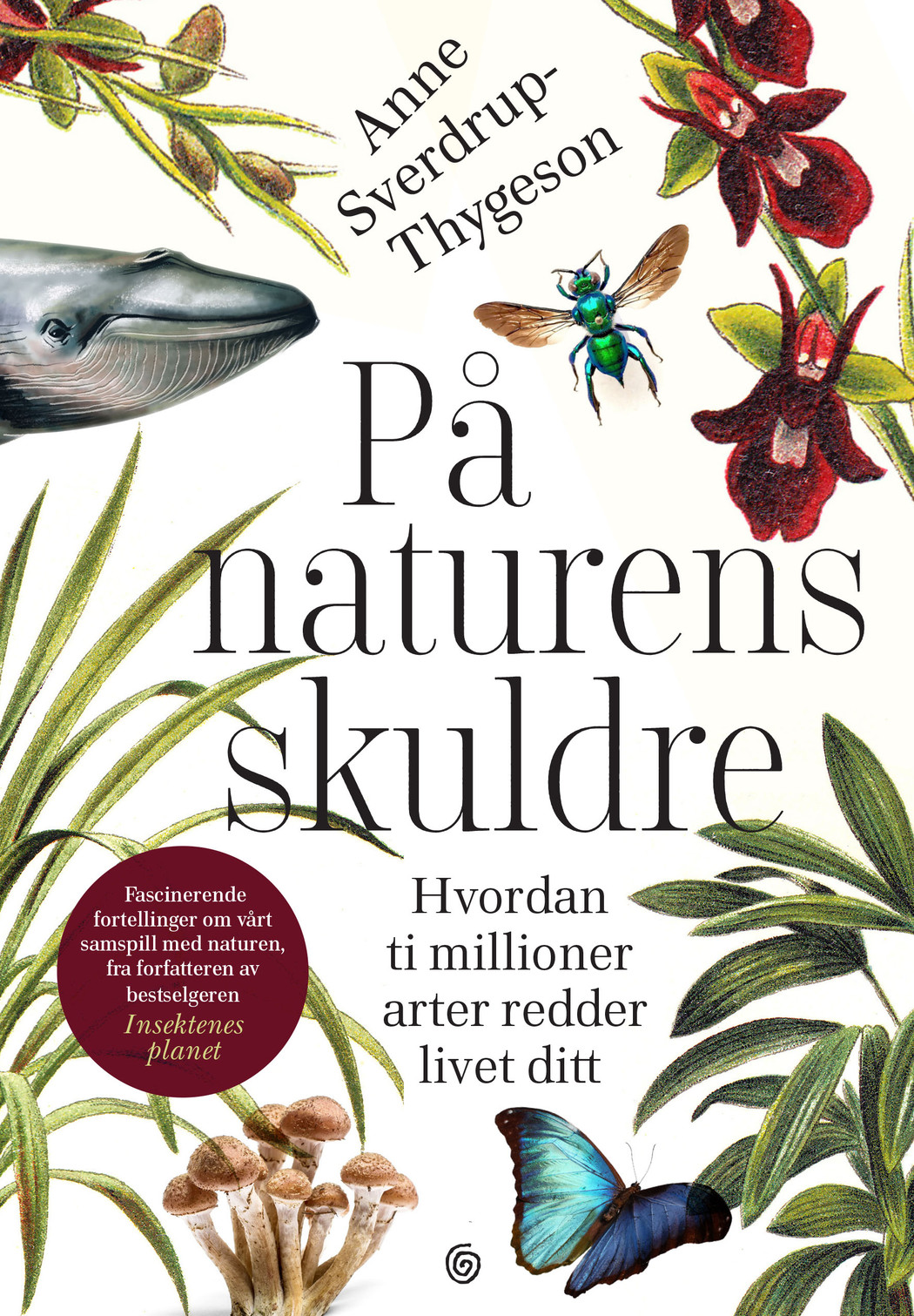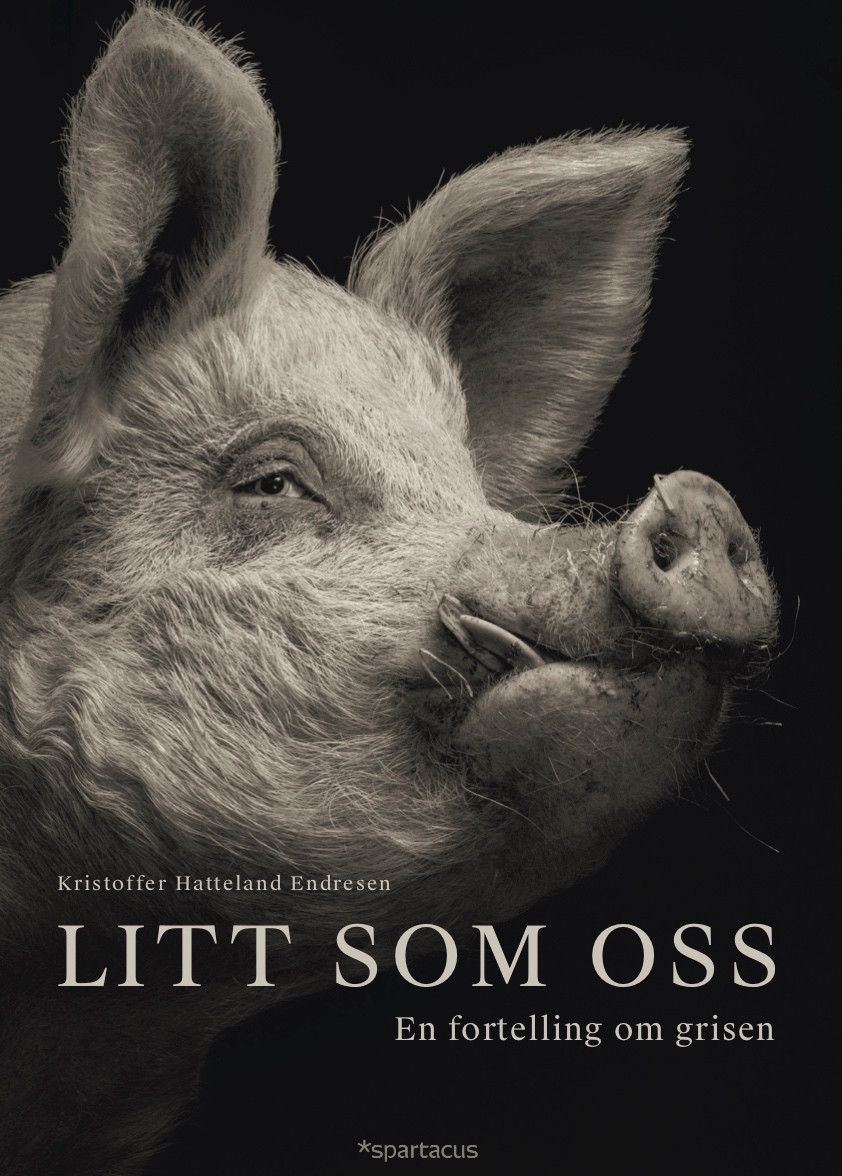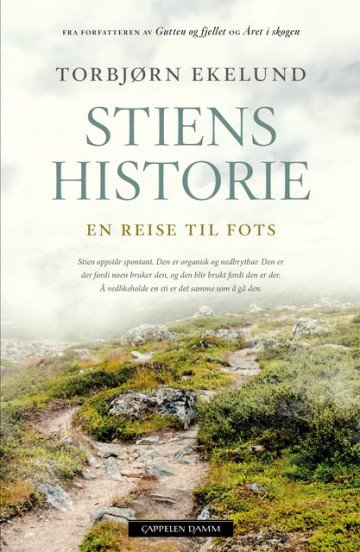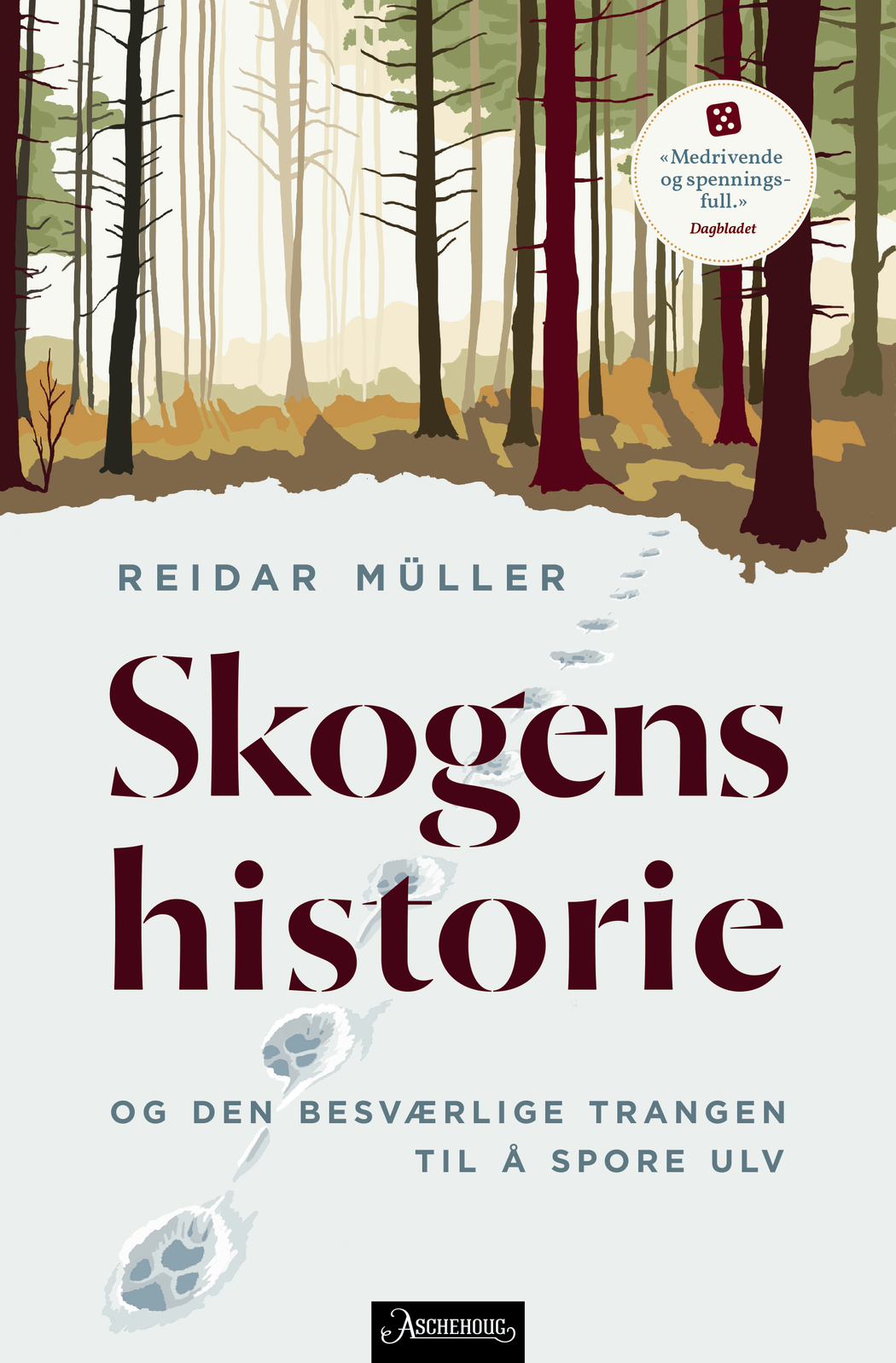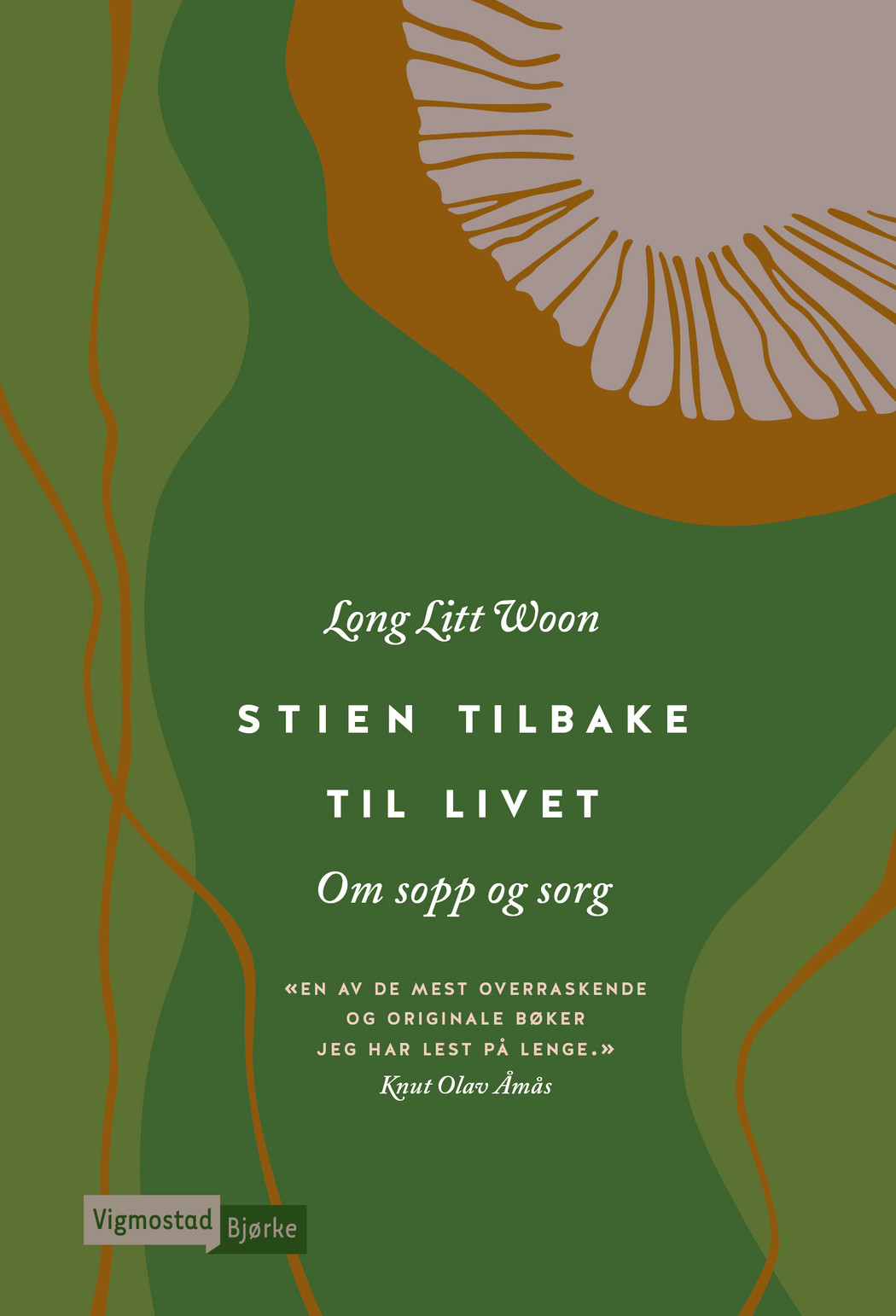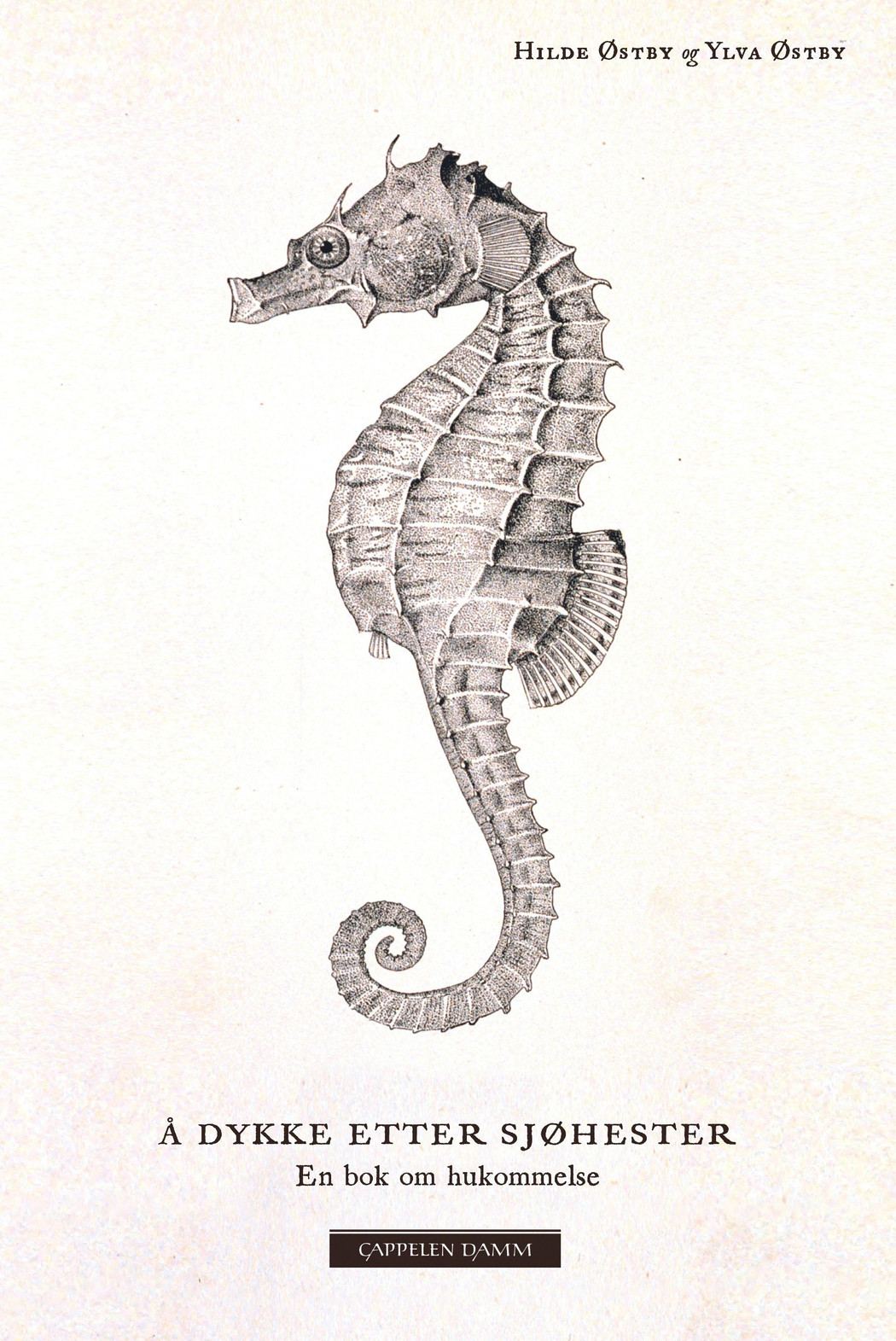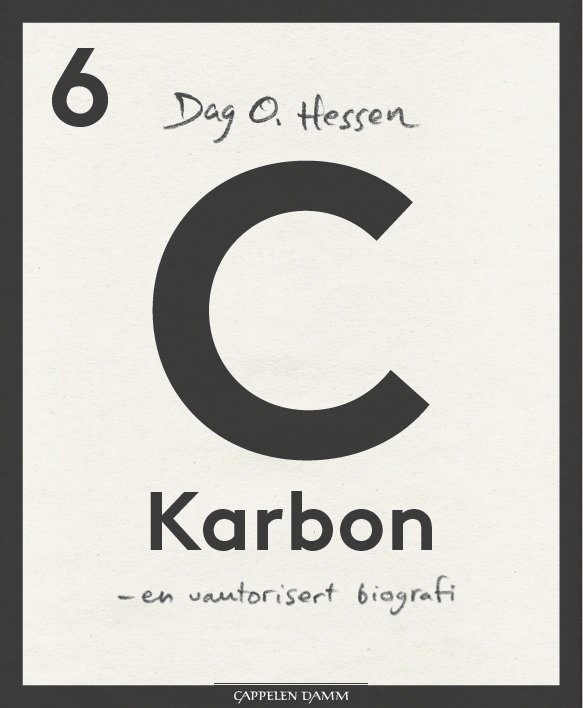Ellen Viste
Tales of the Wind. The Air on Earth - and Everything It Carries (Vindens historier. Om luften i verden og alt den fører med seg)
Rights:
Northern Stories | astrid@northernstories.no | northernstories.no
So far sold to:
Italy, Spain, Sweden
Through narratives from science, history, and journeys in nature, we come to understand why the air rarely stays still, and how the constant flow of seeds, water vapour, pollutants, and microbes shapes the world. Columbus sought out a route to Asia but found trade winds heading for America. Vasco da Gama defied centuries of logic and battled the monsoon. You’ll read about a Briton who explored sandstorms in a Ford Model T, about how Japan used the wind to bomb the United States, about Jesuit monks who were the first to predict hurricanes, and about how Vilhelm Bjerknes’ young meteorologists revolutionised international weather forecasting from the tiny Norwegian city of Bergen.
